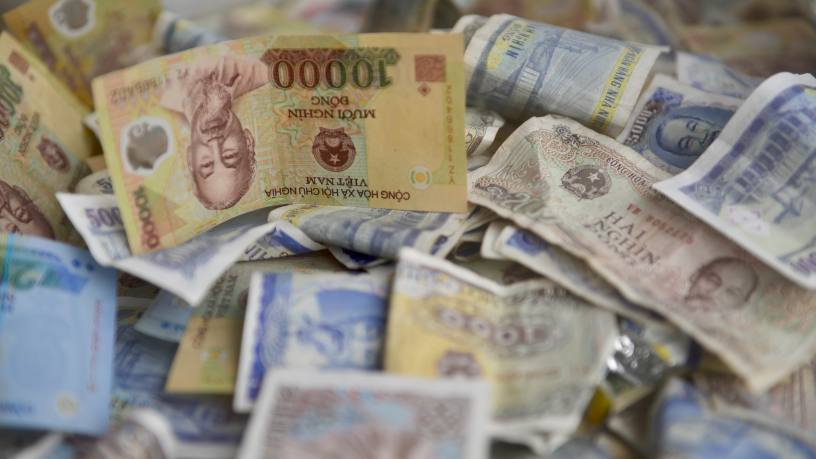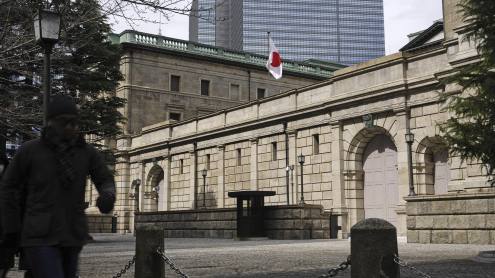Anyone who visits Vietnam’s bustling metropolises — Hanoi, Ho Chi Minh City or Da Nang — will be impressed by the dynamism of the local economy. There is constant construction underway, a plethora of new restaurants and shops popping up, heavy motorcycle traffic on the streets, conspicuous consumption of food, coffee and beer, and imported luxury items sold at upscale department stores.
Yet, more than 20 years after the communist government passed the Enterprise Law, making it easier for private companies to register themselves legitimately, there is still a noticeable dearth of a dynamic private sector.
Vietnam does have its local behemoths include Vingroup, a large conglomerate covering property, health care, hospitality and electric vehicles; Masan Group (food processing and retail); Vinamilk (a dairy producer); as well as Sabeco Brewery; VietJet Air and PetroVietnam.
However, these companies are relatively small and domestically oriented. An S&P Ratings study of Vietnam’s 25 largest listed companies found that their revenues in 2021 were roughly half the average of the 25 largest listed companies in the Philippines, Malaysia and Indonesia, and about a quarter of those in Thailand.
“If you look at the major companies in Malaysia, Philippines, Indonesia and Thailand, they tend to be in manufacturing, consumer products, retail or big commodities companies,” says Xavier Jean, senior director, corporate sector at S&P Ratings in Singapore.
“That would be logical in Vietnam too, but I am actually a bit surprised by the lack of large manufacturing companies, given the population and gross domestic product (GDP) growth.”
Barriers to scale
Part of the reason for this stems from Vietnam’s communist legacy. The country, which is still a one-party system under the Communist Party of Vietnam, was under a socialist-style, planned economy until 1988, when things started to open up.
Read more on Vietnam
Private enterprise was informal until 1990, with the passing of the Private Company Act — which allowed registration of companies, but required 35 signatures — and did not become easier until the passing of the Enterprise Law in 2000.
Much of Vietnam was, and continues to be, dominated by state owned enterprises (SOEs).
“SOEs are getting weaker and weaker in every single country in south-east Asia, except for ... in Vietnam, [where they are] are actually strengthening their balance sheets,” says Mr Jean. It helps that Vietnam’s state-run banks (accounting for 40% of the market) are major lenders to SOEs.
Another characteristic of Vietnam’s private sector is fragmentation, which may have been partly intentional. When past administrations began to privatise the vast SOE network, they tended to go for quantity, rather than quality, which created a plethora of small, competing companies.
There are other reasons for the small size of most local companies. Vietnamese economist Le Dang Doanh, who helped to draft the Enterprise Law, notes that today the registered private sector accounts for only 12% of GDP, while the less-regulated ‘household industries’ share 28%. “The household businesses in Vietnam are not small as people believe,” says Mr Doanh.
They intentionally don’t want to get big because if they get big, they must pay full taxation
“They intentionally don’t want to get big because if they get big, they must pay full taxation. And if they register as a company, an army of inspectors will come streaming in — on environment, labour, human rights — so the company must pay one or two inspectors every day.”
External financing
Foreign direct investment (FDI), while providing employment and stimulating export-led growth for the economy, has proved disappointing in terms of bolstering the local private sector. “FDI is kind of like a weird synthetic situation because it’s not really linked to the rest of the economy,” says Michael Kokalari, chief economist at investment management firm VinaCapital.
“I think the FDI is not having enough spillover. Right now, the local companies supply almost nothing to the FDI.”
This could change in future, if the authorities provide more incentives for FDI to promote the growth of domestic clusters, and are less focused on reaching targets. “The problem is that the heads of the provinces are keen to demonstrate that they succeeded in industrialising the province,” says Mr Doanh.
“And the best way to do that is to invite in foreign investors. The Vietnamese private investors are too small.”
One bright spot for the private sector is the hi-tech, IT-linked sector, which has drawn investment and local talent. “What we are seeing now is an emerging technology sector, and there is a lot of cheap talent coming out of the schools,” says Barry Weisblatt, investment strategist at SSI Asset Management.
“The best bet Vietnam has is the tech sector.”












